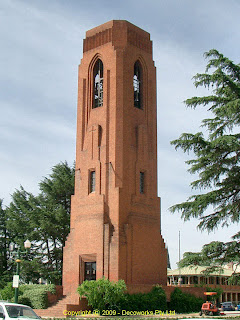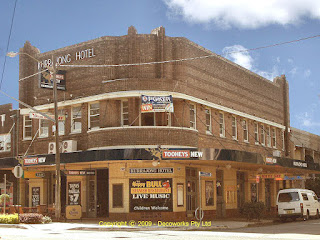Demco Machinery Company

Located at 267 & 269-271 Cleveland Street Redfern the former Demco Machinery buildings occupy a site on the corner of Great Buckingham and Cleveland Streets adjacent to the Surrey Club Hotel. The earlier building, at 271 Cleveland Street, was constructed circa 1911 as the Sydney Tobacco Co Store which subsequently became John Barlow - Tea Merchants. Demco Machinery occupied the building from 1930. The later building at 267 Cleveland St (cnr Great Buckingham) was constructed on the site of the former St Margaret's Hospital for Women Dispensary around 1940. Another view of the building The entrance to the building is highlighted by a stepped parapet and wedge shaped frontispiece containing the building name -"Demco, flanked by ribbed rainwater heads, vertical glass panels on the stairwell, a projecting concrete awning and ribbed render columns that frame the entrance. The Buckingham Street building is a four storey interwar Functionalist style commercial building...










